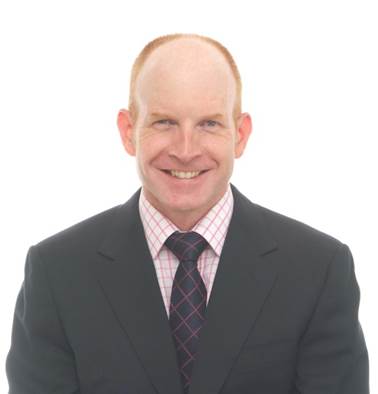|

|
Recent advances in reflective hard x-ray/soft gamma-ray optics & the prospects for future Astrophysical Missions
| Abstract: |
Over the last forty years, reflective x-ray telescopes have enabled detailed observations of the 0.1-10 keV x-ray sky and dramatically improved our knowledge of astrophysical processes, cosmology and fundamental physics. Focusing optics overcome intrinsic limitations of other techniques (e.g., absorptive collimation), and their use above 10 keV should revolutionize our understanding of the hard Xxray Universe. The early science results from NASA’s NuSTAR, the first satellite to provide true-focusing from up to 78 keV, show the promise of extending this technology above 100 keV.
In this talk, I will discuss recent advances in multilayer x-ray optics that have demonstrated excellent performance at energies beyond 600 keV. After presenting results from our active research program at Lawrence Livermore, I will describe how reflective multilayer-coated mirrors could be used for a future satellite mission that could provide sub arc-minute imaging beyond 0.5 MeV
|
| Speaker: |
Mike Pivovaroff - LLNL |
| Speaker Bio: |
 Mike Pivovaroff earned a B.A. in physics from UC Berkeley in 1993 and a Ph.D. in physics from MIT in 2000. His dissertation research involved the development of x-ray CCDs for NASA’s Chandra X-ray Observatory and the study of x-ray emission from pulsars. He joined the staff at Lawrence Livermore National Laboratory (LLNL) in 2004, and during the last decade he has supported a broad range of basic science and national security missions. His primary research has been in the development and use of x-ray optics for applications including: astrophysics, axion searches, nuclear medicine, non-proliferation and DOE user facilities like LCLS and NIF. He is currently an Associate Division Leader for Physics and the leader of LLNL’s Space Initiative. Mike Pivovaroff earned a B.A. in physics from UC Berkeley in 1993 and a Ph.D. in physics from MIT in 2000. His dissertation research involved the development of x-ray CCDs for NASA’s Chandra X-ray Observatory and the study of x-ray emission from pulsars. He joined the staff at Lawrence Livermore National Laboratory (LLNL) in 2004, and during the last decade he has supported a broad range of basic science and national security missions. His primary research has been in the development and use of x-ray optics for applications including: astrophysics, axion searches, nuclear medicine, non-proliferation and DOE user facilities like LCLS and NIF. He is currently an Associate Division Leader for Physics and the leader of LLNL’s Space Initiative.
|
| Poster Link: |
Poster |
| Presentation: |
|
|
 Mike Pivovaroff earned a B.A. in physics from UC Berkeley in 1993 and a Ph.D. in physics from MIT in 2000. His dissertation research involved the development of x-ray CCDs for NASA’s Chandra X-ray Observatory and the study of x-ray emission from pulsars. He joined the staff at Lawrence Livermore National Laboratory (LLNL) in 2004, and during the last decade he has supported a broad range of basic science and national security missions. His primary research has been in the development and use of x-ray optics for applications including: astrophysics, axion searches, nuclear medicine, non-proliferation and DOE user facilities like LCLS and NIF. He is currently an Associate Division Leader for Physics and the leader of LLNL’s Space Initiative.
Mike Pivovaroff earned a B.A. in physics from UC Berkeley in 1993 and a Ph.D. in physics from MIT in 2000. His dissertation research involved the development of x-ray CCDs for NASA’s Chandra X-ray Observatory and the study of x-ray emission from pulsars. He joined the staff at Lawrence Livermore National Laboratory (LLNL) in 2004, and during the last decade he has supported a broad range of basic science and national security missions. His primary research has been in the development and use of x-ray optics for applications including: astrophysics, axion searches, nuclear medicine, non-proliferation and DOE user facilities like LCLS and NIF. He is currently an Associate Division Leader for Physics and the leader of LLNL’s Space Initiative.

